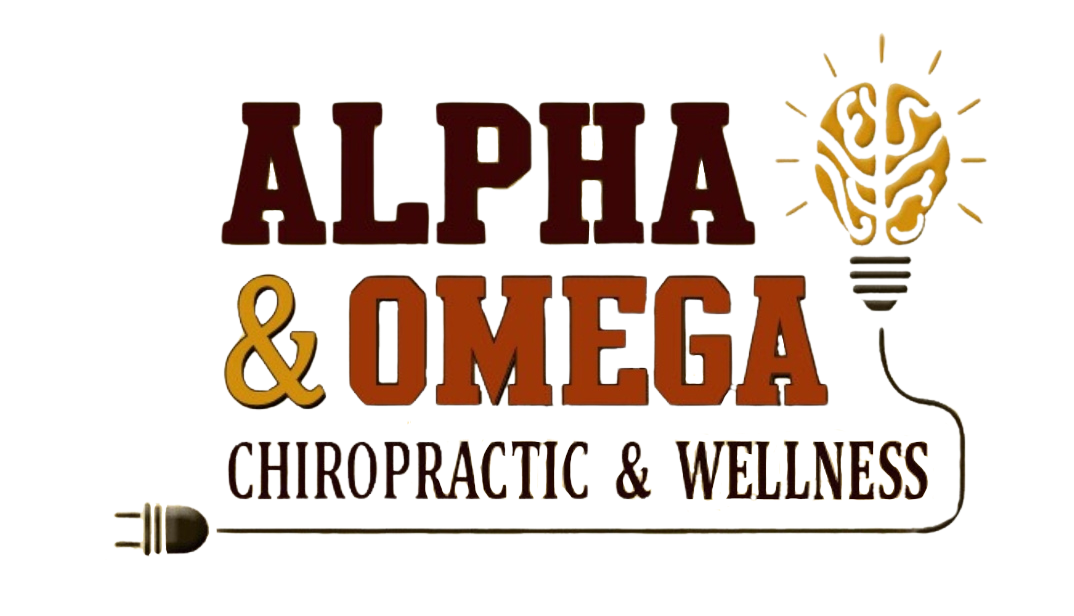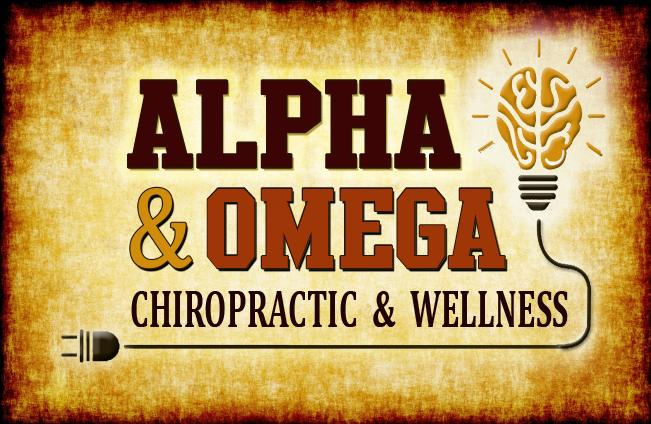Welcome to the Alpha & Omega Chiropractic & Wellness Blog
Enhance Your Nutrition, Increase Your Health
Nutritional advice for healing and longevity
- energy levels
- aches and pains
- injury and healing
- stress
Our Blog
Articles of the Week
List of Services
-
Cupping TherapyList Item 1
From ancient cultures to 20th century society, cupping has maintained its popularity throughout many cultures worldwide, and it continues to hold therapeutic value.
-
Insulin ResistanceList Item 2
Having the right nutrients is essential to health. Unfortunately, we have access to a diet that is rich in calories, but not necessarily rich in vitamins and minerals. One of the biggest factors dealing with nutrient absorption and utilization in today's world is insulin resistance.
-
Inflammatory arthritisList Item 3
One of the most common conditions we see in the human body is called osteoarthritis. This condition causes pain in the joints, and statistically the first joint to be hit with this condition is the thumb joint.
-
Spinal Disease Pt 1
There are quite several different diseases that can affect the spine, but I’m going to cover the most common today. We can start our discussion of spinal disease with the spinal disks.
-
Spinal Disease Pt 2
Last week, we started a discussion on degenerative disk disease. To review, between each vertebra in the spine there is a disk of connective tissue. These disks are very strong but dependent on movement. When the spine moves properly, the disk acts like a sponge and absorbs fluids from the vertebral bone above and below the disk. This is the sole mechanism the disk has to receive nourishment, without this proper movement, the disk begins to degenerate.
-
Spinal Disease Pt 3
We have been discussing how spinal disease develops in the spine. We started with looking at the disks that reside between the spinal bones. Remember, these disks are made of living cells, and are constantly regenerating, but require nutrients and fluid to do so. These nutrients are brought into the disk through movement of the spine. If the spine is not moving properly, the disks do not get the nutrients they need to regenerate properly. Over time the disks dry out and become thinner. These unhealthy disks are more like to crack, causing disk bulges and herniations.
-
Spinal Disease Pt 4
We have been discussing the disease process progression in the spine. We started by explaining the disks that separate the vertebral bones require proper movement in order to absorb the nutrients they need to heal and regenerate. When the disk does not move properly, it begins to dehydrate and potentially crack, causing disk bulges and herniations.
-
Spinal Disease Pt 5
We have spent the last month going over how the disease process of spinal degeneration happens. We began our story with the spinal disk, which acts as a spacer and shock absorber between the bones of the spine. We discussed the concept that the disk needs movement to feed the living cells in the disk.
-
Spinal Disease Pt 6
We have spent the last month look at how the disease process occurs in the spine. Today, we are going to finish that discussion by looking specifically at the very top spinal bone. This bone is unique in several ways.
-
Autonomics
Today we are going to talk about the human nervous system. The nervous systems regulates basically every function in the body, and it does it primarily through something called the autonomic system.
-
ATP
Have you ever wondered where the body gets the energy it needs? We know we need food and water to survive, and that somehow our body derives energy from food, but what exactly is the energy our body uses. Well, our body uses two forms of energy, chemical and electrical. Kind of like our car that uses gas as a form of chemical energy, and a battery as a form of electrical energy. Our body uses a chemical called ATP, as a form of chemical energy.
-
Visceral Disease
Most of the time we see a slow progression of chronic inflammation leading to organ damage and eventually disease. However, it has been well established in the medical research that spinal misalignment is associated with organ disease.
-
Heart Health
We have all probably looked at the vitamins and herb in the grocery store and wondered if we should be taking something. The difficulty with a lot of nutritional supplements is that we often wonder if what we are taking is doing us any good? Many nutrients take days, weeks, even months to get into the body in sufficient amounts. Often the changes are so slow that we don’t even notice. Some measures, like blood work, help us to actually see where nutritional problems are, and quantify if what we are doing is actually helping.
-
Heart Health 2
Last week we talked about the heart and how nutritional status can be quickly reflected in heart function. In our society, we recognize heart health as perhaps the most important measure of our overall health. The heart is so active and requires such a tremendous amount of nutrition, any nutritional deficiency is likely to show up quickly in heart function. This is not a new concept.
-
Mechanical Heart
The last couple of weeks we have been looking at nutritional influences on heart function. When we look at the heart function, we recognize how vital oxygen and circulation is. While we have been looking at the nutritional or chemical influence, it is important to recognize the mechanical influence. For example, lets look at the mechanical influences on how we absorb oxygen.
-
Homocystine
We have been looking at the effects of nutrition and the heart. This week I want to discuss blood markers and the risk of cardiovascular disease, heart attack, and stroke. For a number of years cholesterol, LDL, and HDL markers have been most commonly used to assess risk factors. We are now seeing a shift in understanding of why cholesterol elevates.
-
Heart Structure
As chiropractors, we understand the relationship between the bodies structure and function. Most of us have a small library of research articles justifying our care, especially of the lumbar and cervical spine. But what about the thoracic spine?




